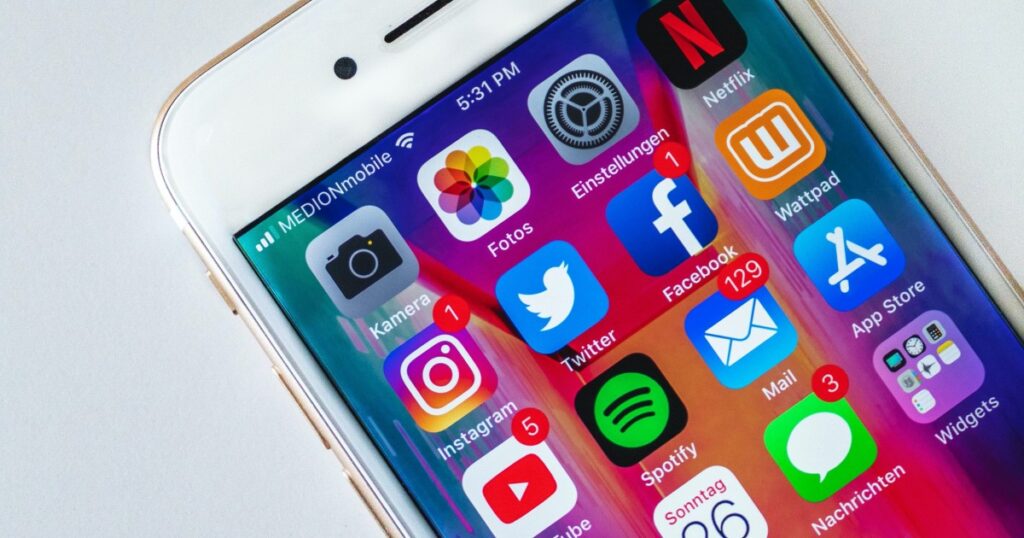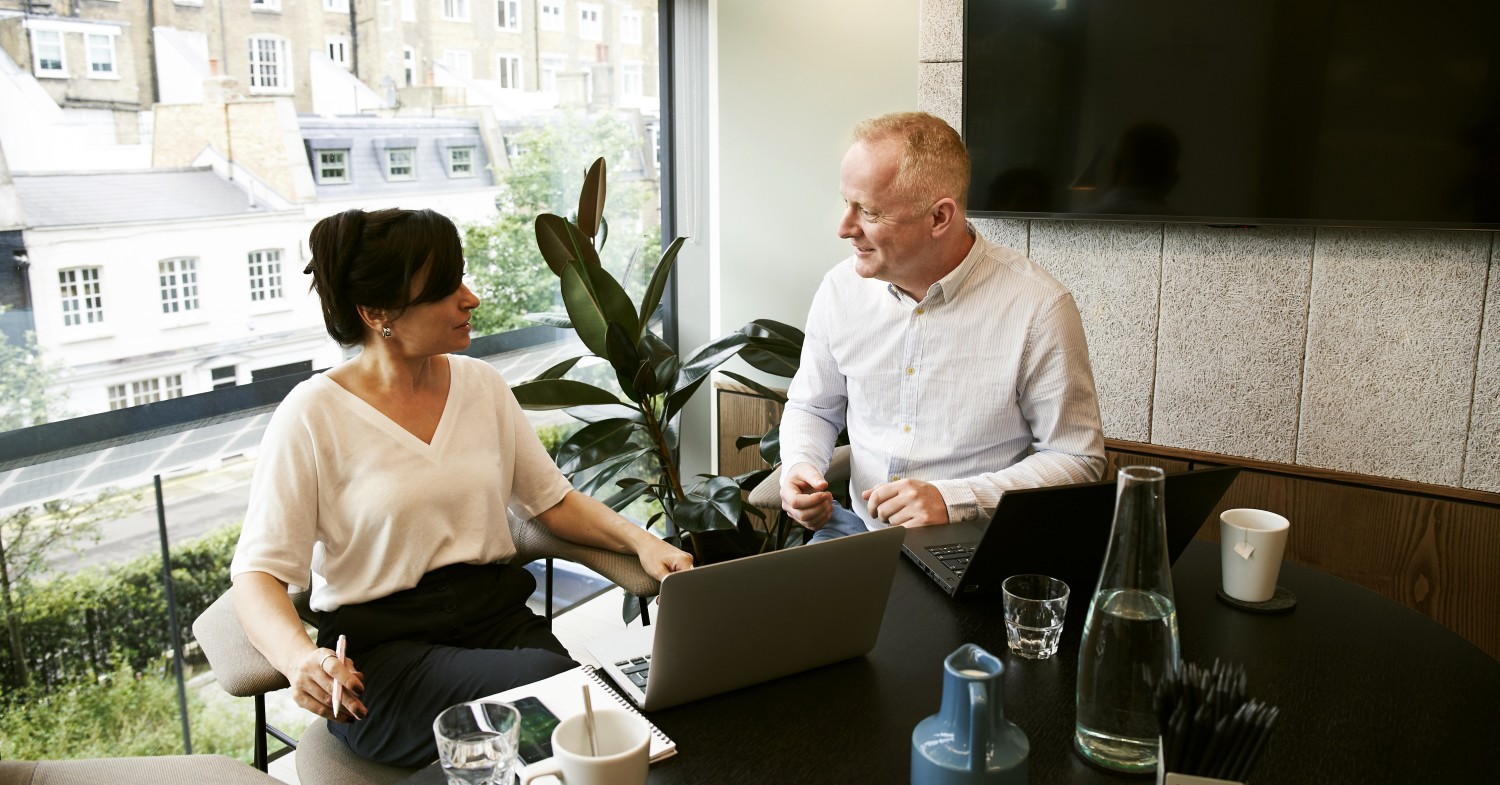
How to Become a Licensed Mental Health Social Worker
We explain the steps necessary to become a licensed mental [...]

Nearly a decade ago, I bit the bullet and created a Twitter account. I had no idea what to expect. I was in for a big surprise.
I made my Twitter account in preparation for a conference in Atlanta called TASH; I was presenting. At the time, I was a classroom teacher for students with significant intellectual disabilities, and the Georgia Department of Education partnered with my school district for a pilot inclusion program. The charge was to select one of my students and create an inclusion plan for them. Historically, students in my classroom spent very little time with their same-age non-disabled peers.
My very first tweet was a YouTube video of the four-minute mini-documentary the Georgia Department of Education produced about the inclusion of my student Damian, a gregarious first grader with multiple disabilities. The video highlighted his experiences with short portions of the day in a general education classroom. The team created a plan that took into consideration his strengths. The plan determined which parts of the day he would spend learning in the typical first grade classroom.
Despite my first tweet never being liked or retweeted, I continued to share my thoughts about inclusion and segregated classrooms on Twitter. During that same conference, I connected with hundreds of other like-minded people, including some who weren’t even at the conference, and were just at home reading my tweets. It was then that I realized that there were plenty of people who wanted to see inclusion move forward but didn’t know how to start, nor where to get good information about inclusive education.
Skip to the present, with over 75K followers on Twitter, Facebook, and Instagram, I’d like to think that we at Think Inclusive are doing a good job filling a void in the knowledge gap of inclusive practices. I knew that I wasn’t the only educator out there who was passionate about seeing the educational landscape become more inclusive and equitable for students with disabilities. If you are of the same mind, here are some tips on how you too can flex your social media muscle to promote inclusion.
When I first started using social media I used two platforms: Twitter and Tumblr. Both of them worked for me because I was able to search and share posts from the platform itself—plus, Tumblr made me feel like I had my own website. That’s why I stopped using Tumblr when I actually did create my own website: thinkinclusive.us.
There are a lot of social media platforms to choose from beside the Big Three (Twitter, Facebook, and Instagram). You are going to have to decide what is important to you, and what kind of audience you want to reach. The vast majority of the traffic I receive from social media comes from Facebook, so that is where I spend the majority of my time cultivating my audience of inclusionists.
| University and Program Name | Learn More |
|
Merrimack College:
Master of Education in Teacher Education
|
I perused literature on digital marketing and learned that sharing content by other creators, rather than just my own content, adds value to my platforms. So I began organizing feed aggregators like Feedly, WordPress, and Google News Alerts. When I check my list of feeds, I can see what similar websites and blogs are posting, as well as news articles that my audience could be interested in. When I share info and links on my social feeds, my audience understands that I am not only promoting my own work, but also actively broadening the scope of information available to people.
The Save and Bookmark features on Facebook and Twitter are indispensable to me, as I can quickly scan my saves to see if I want to share something, write up a blurb, or dismiss it completely. I also use Pocket, Evernote, and Journal to collect information. It may take some time to figure out the best way to organize your information, and that’s okay. I’m still tweaking mine all the time.
The disability community is known for having powerful hashtags, which include: #cripthevote, #ableismsucks, #thebarriersweface, #actuallyautistic, and #wheelchairlife. You can use hashtags to find people who are posting about the same topic as you are, and then you can follow each other. Social media, despite sometimes being toxic, can build community. And in my experience, the disability community is one of the best communities to follow and learn from.
It’s not healthy to be constantly connected to your phone or computer. There are times when we need to put the screens away, go outside, and be present with ourselves and our surroundings. One of the strategies that has helped me is sticking to a schedule for posting on social media.
I wake up before anyone else in the house, spend some time going through headlines and previously saved items, and tweet out a few things before I start my day job. I mostly stay away from social media during the work day because it’s too distracting, and then I pick it up again in the early evening. You will find a rhythm that works best for you, but the important thing to remember is that even though social media is a powerful tool, it is not real life. Make sure you make time for things that matter like your family, friends, and mental health.
Recently, I spoke at Georgia State University for the The Georgia Leadership & Education in Neurodevelopmental Disabilities (GaLEND) which is an interdisciplinary training program for future professionals, disability advocates, and family members. I was speaking about social media advocacy, and I made a confession to them. For many years I was tweeting under @think_inclusive and not my real name. While I felt strongly about inclusion and disability rights, I was also uncomfortable using my real name for fear of retribution by people who knew me.
I made a commitment to the conference attendees that I would be more vocal using my real name, rather than hiding behind my brand. Maybe you are not at that point yet—but I encourage you to speak your mind in the way that only you can. When I try to be someone I am not on social media, it’s obvious that I am not being authentic. And I think that is what social media is desperately lacking: authenticity.
A mistake I made when I first joined Twitter was following everyone I could. This resulted in my following more than double the amount of people that followed me. While this is a strategy that some people use to build up their follower count, if you are serious about curating your feed, make sure that you are only following people and organizations that you are invested in. This will save you time cleaning up your lists, which I’ve spent hours and hours doing.
I also utilize unfollow apps from time to time to assist with cleaning up my lists. If you have people that you are following that haven’t tweeted or posted in over a year, consider dropping them. You would be surprised at how many accounts have been untouched for months.
You don’t have to be a professional writer to share your story; sometimes all you need is an opportunity to realize that you really are a writer. This is exactly what happened to me. After tweeting during the conference in Atlanta, a blog approached me to write a Q&A post. It was so well received that they asked me to write a post about inclusion.
If you have an experience that could resonate with educators or families who want to move inclusion forward, why not share it with someone? I, of course, am partial to Noodle and Think Inclusive, but there are plenty of other outlets that would love to hear your story. This is your official nudge to write that draft or make that pitch—I believe in you.
Reading books about disability can only get you so far. If you want to promote disability rights on social media like a boss, you absolutely need to follow disabled content creators. Some of my favorites are Emily Ladau, Alice Wong, Imani Barbarin, and Andrew Pulrang. But there are so many more disabled advocates to share, retweet, and follow. Remember who the disability experts really are: disabled people.
Use a social media management service like Buffer, Tweetdeck, or Hootsuite. Buffer is the one that I use, because it’s the easiest for me to integrate with all of my other tools. People will often comment that it seems like I’m always online, but that’s an illusion, because I schedule my posts in advance. I use a plugin called Revive Social that will recycle old content from my WordPress site to all my social media accounts, so I give the impression that I am always posting something. Of course, you don’t have to be that hardcore about it, but scheduling your posts is a powerful strategy if you don’t want to be tied to your computer and phone all day.
Read as much as you can. You actually don’t even have to literally read either, there are apps like Pocket and Listle that will read your articles to you. The point is, if you are going to maximize your social media skills, you need a way to consume the content you will be sharing. Part of this concept of always reading is really just being insatiably curious. I think that quality is what has made me stick with social media for as long as I have—and I won’t jump ship anytime soon.
Questions or feedback? Email editor@noodle.com

We explain the steps necessary to become a licensed mental [...]

Many Doctor of Social Work (DSW) programs offer full-time, part-time, [...]

The COVID pandemic accelerated an already-emerging trend: virtual social work [...]

The impact of a corporation reaches out across its industry, [...]

Social work memes highlight that the profession is deeply challenging, [...]
Categorized as: Special Education, Education & Teaching